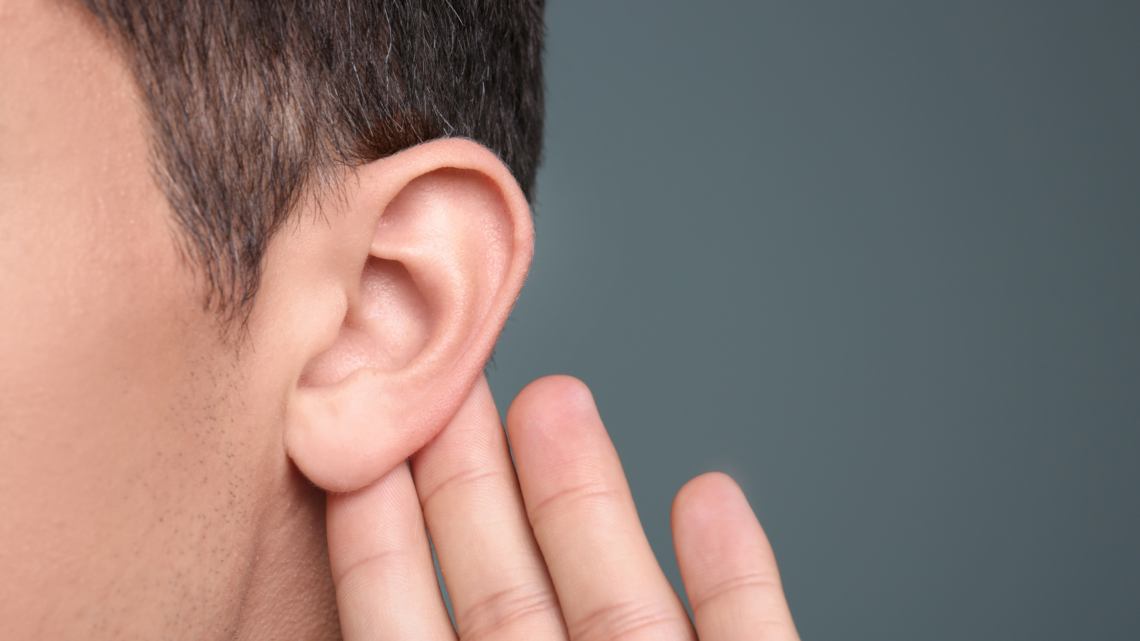
Ear Infections
Ear infections are a type of bacterial infection that are most common in children, though they can also affect adults. There are two common types of ear infections, including otitis media (AOM) and otitis externa – also known as swimmer’s ear. It’s also possible to develop otitis media with effusion.
Otitis Media
When you develop an infection of the middle ear (located just behind the eardrum), this is known as otitis media. It is caused by fluid being trapped behind the eardrum, causing it to swell. Among the most common symptoms associated with otitis media include earache, feeling as though your ears are plugged/full, hearing difficulty, and you may also notice that the affected ear has some fluid drainage. In addition to these symptoms, it’s also possible to develop a fever as a result of otitis media.
Treatment: Oral antibiotics, ear drops, nasal steroids, antihistamines.
Otitis Media with Effusion
Unlike otitis media, an infection is typically not present with otitis media with effusion. Otitis media with effusion can develop as a result of a cold, throat, or an upper respiratory infection (such as a sinus infection), and poor function of the eustachian tubes. It causes an accumulation of fluid in the middle ear, and symptoms can be very similar to that of an ear infection. Usually this condition will resolve on its own, although it can last anywhere from 4 to 6 weeks. If it persists, it’s possible for the fluid in the ear to become infected and develop into acute otitis media.
Treatment: Otitis media with effusion is not treated with antibiotics (unless you happen to have an underlying infection that is present, such as respiratory infection) and will usually go away on its own. Children, however, may require myringotomy tubes in order to help drain fluid and relieve pressure from the middle ear.
Otitis Externa
When you develop an infection of the outer ear (the external ear canal, which is the tube located between the outer ear and the eardrum), this is known as otitis externa – also commonly known as swimmer’s ear. Symptoms of otitis externa can include ear pain (which can sometimes be severe), itchiness of the ear canal, temporary hearing loss, as well as a discharge of liquid/pus from the affected ear. Along with a bacterial infection, other causes of otitis externa can include fungal infections and even allergies. You are also more susceptible to developing otitis externa if you swim on a regular basis or regularly get water inside of your ears.
Treatment: This condition can go away on its own without treatment, however your doctor may also prescribe ear drops to help relieve symptoms.
Risk Factors
Risk factors for the development of ear infections include short/narrow eustachian tubes, being exposed to second-hand smoke, altitude changes, climate changes, use of q-tips, and having a history of chronic ear infections. If you are someone who develops ear infections frequently, you may need to be referred to an ear, nose and throat specialist.

